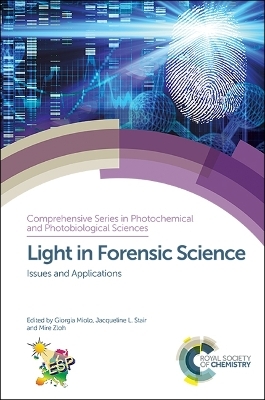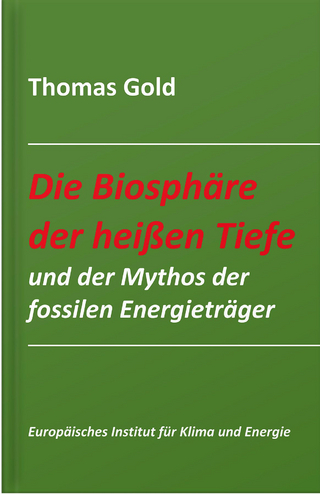
Light in Forensic Science
Royal Society of Chemistry (Verlag)
978-1-78262-768-5 (ISBN)
The identification and quantification of material present and collected at a crime scene are critical requirements in investigative analyses. Forensic analysts use a variety of tools and techniques to achieve this, many of which use light. Light is not always the forensic analyst’s friend however, as light can degrade samples and alter results.
This book details the analysis of a range of molecular systems by light-based techniques relevant to forensic science, as well as the negative effects of light in the degradation of forensic evidence, such as the breakage of DNA linkages during DNA profiling. The introductory chapters explain how chemiluminescence and fluorescence can be used to visualise samples and the advantages and limitations of available technologies. They also discuss the limitations of our knowledge about how light could alter the physical nature of materials, for example by breaking DNA linkages during DNA profiling or by modifying molecular structures of polymers and illicit drugs. The book then explains how to detect, analyse and interpret evidence from materials such as illicit drugs, agents of bioterrorism, and textiles, using light-based techniques from microscopy to surface enhanced Raman spectroscopy.
Edited by active photobiological and forensic scientists, this book will be of interest to students and researchers in the fields of photochemistry, photobiology, toxicology and forensic science.
Light for Crime Scene Examination;
Degradation and Damage due to Exposure to Light in Trace Evidence;
Use of Light in the Detection of Genetic Variation of Forensic Importance;
Use of Light in Fingerprint Detection;
Light as an Ionizing Agent in Mass Spectrometry. Microbial Identification by Matrix Assisted Laser Desorption Ionization–Mass Spectrometry;
The Use of Light in Forensic Glass Analysis;
A Review on Analytical Techniques Used for Forensic Fiber Analysis;
Novel Psychoactive Substances (NPS) and Recent Scenarios: Epidemiological, Anthropological and Clinical Pharmacological Issues;
Raman Spectroscopy for the Analysis of Novel Psychoactive Substances (NPS);
Light in Forensic Science: Microcrystalline Tests of New Psychoactive Substances Using Light Microscopy;
Optical Detection of NPS Internet Products via HPLC-DAD Systems: A Selective Review;
Supramolecular Approach in Detecting Drugs of Abuse: Optical Sensors;
Photodegradation of Drugs/Illicit Drugs in Water;
Photodegradation of Drugs of Abuse in Hair
| Erscheinungsdatum | 14.06.2018 |
|---|---|
| Reihe/Serie | Comprehensive Series in Photochemical & Photobiological Sciences ; Volume 17 |
| Verlagsort | Cambridge |
| Sprache | englisch |
| Maße | 156 x 234 mm |
| Gewicht | 810 g |
| Themenwelt | Naturwissenschaften ► Biologie ► Biochemie |
| Naturwissenschaften ► Chemie ► Analytische Chemie | |
| Naturwissenschaften ► Chemie ► Physikalische Chemie | |
| ISBN-10 | 1-78262-768-5 / 1782627685 |
| ISBN-13 | 978-1-78262-768-5 / 9781782627685 |
| Zustand | Neuware |
| Informationen gemäß Produktsicherheitsverordnung (GPSR) | |
| Haben Sie eine Frage zum Produkt? |
aus dem Bereich


